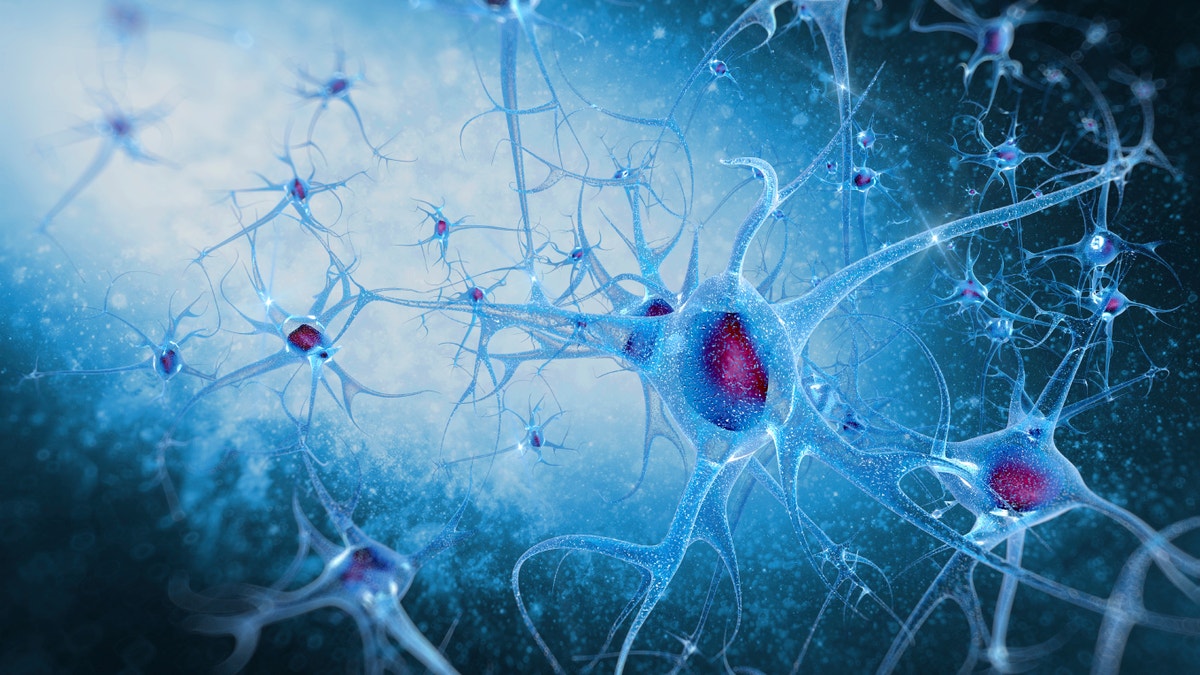
Researchers have successfully activated feelings from lost memories among mice genetically engineered to have early-onset Alzheimer’s disease by using a light stimulation therapy developed in 2012. Although the therapy, called optogenetics, can only be used in mice, scientists at the Massachusetts Institute of Technology (MIT) said the therapy could offer promise for people suffering from early-onset Alzheimer’s, a condition that affects an estimated 200,000 Americans.
“The important point is, this a proof of concept. That is, even if a memory seems to be gone, it is still there. It’s a matter of how to retrieve it,” senior study author Susumu Tonegawa, the Picower Professor of Biology and Neuroscience and director of the RIKEN-MIT Center for Neural Circuit Genetics at the Picower Institute for Learning and Memory, said in a news release.
Tonegawa’s lab previously identified cells in the brain’s hippocampus that hold certain memories. They also have shown that these memory traces, called engrams, can be exploited to activate existing memories or alter a memory’s emotional associations, as well as plant false memories.
In their paper, published Wednesday in the journal Nature, scientists found that mice with retrograde amnesia had impaired memory but could still form new memories, so they wondered if the same was true among mice with Alzheimer’s, which causes similar problems with memory.
Study authors put healthy mice and mice with Alzheimer’s into a chamber where they received a foot shock, an experience that caused them to sense fear one hour later when placed in the chamber again. But when the two groups of mice were placed in the chamber a few days later, only the normal mice were fearful, while the Alzheimer’s mice appeared to have forgotten about the experience. However, the memory of the fear was still there among the Alzheimer’s mice; the memory just couldn’t be activated with natural cues.
By using the light therapy they developed in 2012— whereby the relevant engram cells were tagged with a light-sensitive protein then activated with light— the researchers activated those memories.
“Directly activating the cells that we believe are holding the memory gets them to retrieve it,” lead study author Dheeraj Roy, an MIT graduate student, said in the release. “This suggests that it is indeed an access problem to the information, not that they’re unable to learn or store this memory.”
Study authors also identified that the engram cells of the Alzheimer’s mice experienced disrupted signaling from other neurons, which affected the natural cue that should have reactivated their memory.
“If we want to recall a memory, the memory-holding cells have to be reactivated by the correct cue,” Tonegawa said in the release. “If the spine density does not go up during learning process, then later, if you give a natural recall cue, it may not be able to reach the nucleus of the engram cells.”
Rudolph Tanzi, a professor of neurology at Harvard Medical School, who was not involved in the research, called the proof of concept “remarkable.”
“The implications for treatment of memory deficits Alzheimer’s disease based on strengthening synapses are extremely exciting,” Tanzi said in the release.
Researchers also induced longer-term reactivation of the lost memories by targeting the entorhinal cortex and the hippocampus with optogenetic stimulation. However, they cautioned that such a therapy would need to be more targeted in humans, as stimulating a large section of the entorhinal cortex renders the therapy ineffective. Current deep-brain stimulation therapies used for Parkinson’s and other diseases affect too much of the brain.
Optogenetics would ultimately require precision and is too invasive for humans as is, but, Tonegawa said, future development of technology to activate or inactivate cells in the brain could make the treatment a reality.
“Basic research as conducted in this study provides information on cell populations to be targeted, which is critical for future treatments and technologies,” he said in the release.
